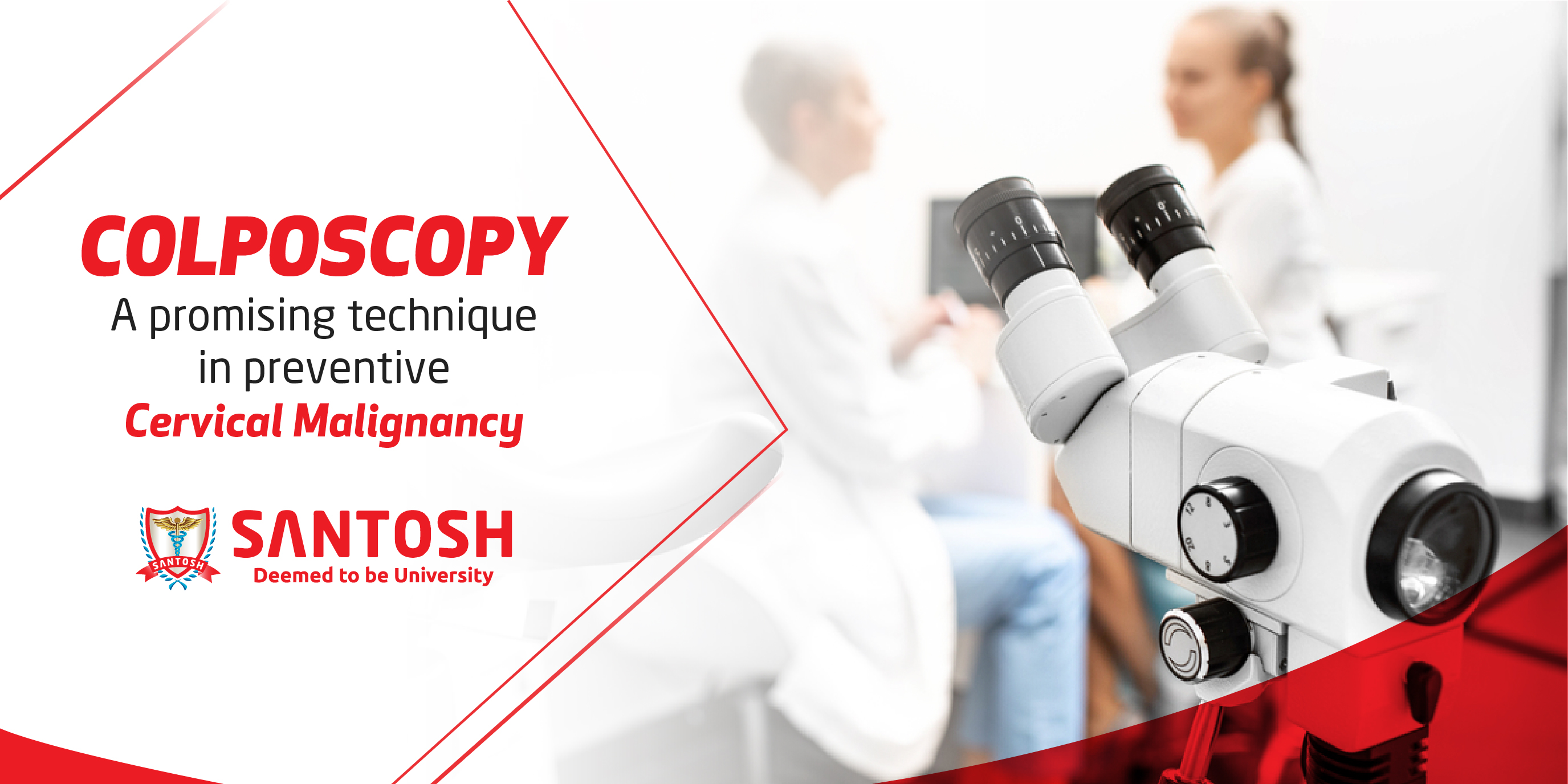
As the COVID‐19 pandemic continues to spread around the world, we need to plan and prepare ourselves proactively. Also, we must look to the future. This is truly unchartered territory and at present, there is no cure or vaccine for this disease, and we are faced with the prospect of having to co‐exist with this virus until an effective treatment option is found. As clinicians, we must prepare and plan on how we can begin to re‐establish our gynecology, gyne-oncology and fertility services to ensure all women receive the necessary care they need in these unusual times.
Treatment of gynecological malignancies is not only expensive and complicated, but also associated with loss of reproductive function and emotional trauma. Hence preventive Gyne-oncology has a definite place in the field of gynecology. This is especially important in cases of cervical malignancy, which is very common yet a preventable disease in females. Early diagnosis of precancerous lesions and their treatment before they progress to cervical cancer has helped improve the prognosis of the condition to a great extent. Important screening procedures for cervical malignancy include PAP Test, Colposcopy and HPV – DNA detection.
Colposcopy is a medical diagnostic procedure to examine an illuminated, magnified view of the cervix as well as the vagina and vulva. Many pre-malignant lesions and malignant lesions in these areas have discernible characteristics that can be detected through this examination. It is done using a Colposcope, which provides a magnified view of the cervix, vagina and vulva , allowing the colposcopist to visually distinguish normal from abnormal appearing tissue and take directed biopsies for further pathological examination. The main goal of colposcopy is to prevent cervical cancer by detecting and treating precancerous lesions early.
A colposcope is used to identify visible clues suggestive of abnormal tissue. It functions as a lighted binocular or monocular microscope to magnify the view of the cervix, vagina, and vulvar surface. Low magnification (2× to 6×) may be used to obtain a general impression of the surface architecture. 8× to 25× magnification are utilized to evaluate the vagina and cervix. High magnification together with green filter is often used to identify certain vascular patterns that may indicate the presence of more advanced pre-cancerous or cancerous lesions. Acetic acid solution and iodine solution (Lugol's or Schiller's) are applied to the surface to improve visualization of abnormal areas.
Colposcopy is performed in the dorsal lithotomy position. A speculum is placed in the vagina after the vulva is examined for any suspicious lesions.
1% or 3% dilute acetic acid is applied to the cervix using cotton swabs. Areas of acetowhiteness correlate with higher nuclear density. The squamocolumnar junction, or "transformation zone", is a critical area on the cervix where many precancerous and cancerous lesions most often arise. The ability to see the transformation zone and the entire extent of any lesion visualized determines whether an adequate colposcopic examination has been performed.
Areas of the cervix that turn white after the application of acetic acid or have an abnormal vascular pattern are often considered for biopsy. If no lesions are visible, an iodine solution may be applied to the cervix to help highlight areas of abnormality.
After a complete examination, the colposcopist determines the areas with the highest degree of visible abnormality and may obtain biopsies from these areas using a biopsy forceps. Most doctors and patients consider anesthesia unnecessary; however, some colposcopists now recommend and use a topical anesthetic such as lidocaine or a cervical block to decrease patient discomfort, particularly if many biopsy samples are taken.
Following biopsy, an endocervical curettage (ECC) is often done to simultaneously collect tissue inside of the cervical canal. Monsel's solution is applied with large cotton swabs to the surface of the cervix to control bleeding.
.